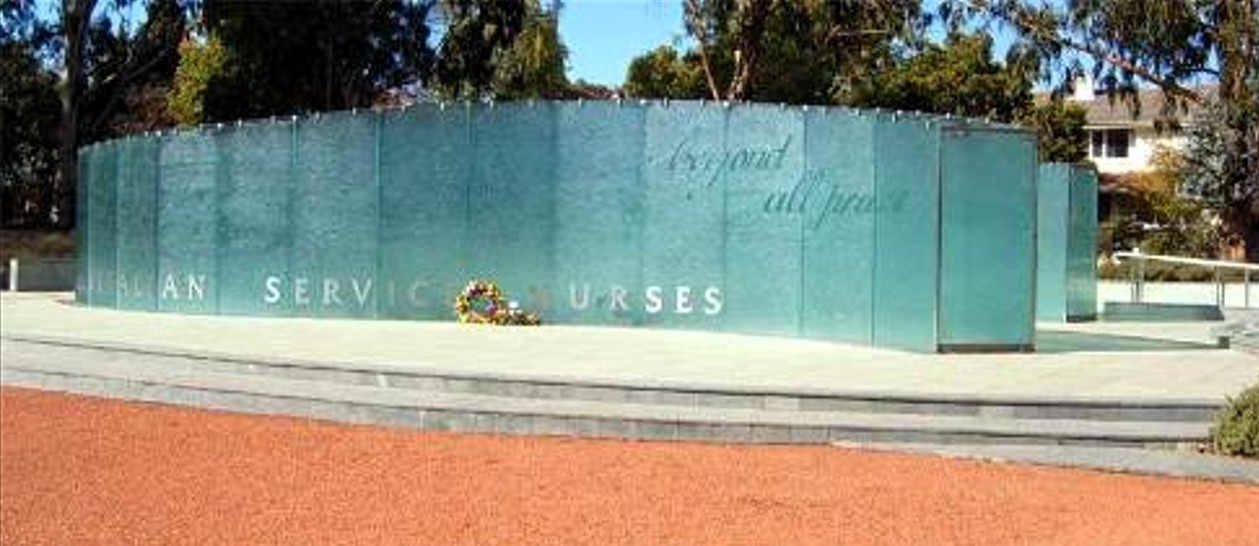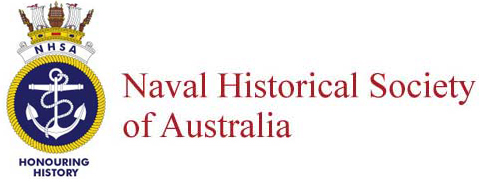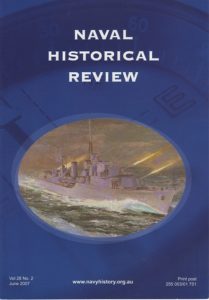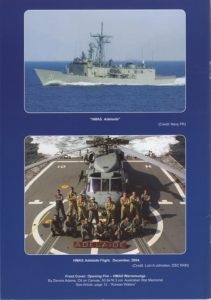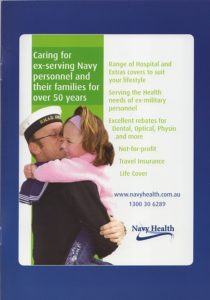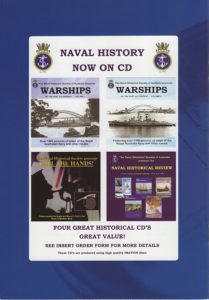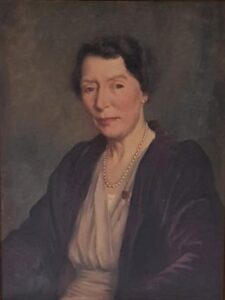
Rosa Kirkcaldie (1887-1972) was a hospital matron and army nurse born at Homebush, Sydney and trained at the Royal Prince Alfred Hospital, Sydney between 1910 and 1914. She gained her nurse’s certificate in March 1914. Following the outbreak of World War I she resigned her hospital position to become one of the first women enlisted into the Australian Army Nursing Service and one of seven nurses to serve aboard the hospital ship SS Grantala.
The passenger vessel, Grantala owned by the Adelaide Steamship Company was requisitioned by the Naval Board on 7 August 1914 and renamed Hospital Ship No VIII. Its conversion alongside Garden Island, Sydney commenced immediately. Built in 1903, Grantala was a single screw vessel with a length of 350 feet and average speed of sixteen knots. It had been used on the coastal trade between Sydney and Queensland ports.
After the remarkably quick conversion of three weeks Grantala sailed north to support the Australian Naval and Military Expeditionary Force during the operation to capture German New Guinea in September 1914. This was the first land operation to be undertaken by Australian troops in the First World War. It was a significant event in Australian history as it was the first time that Australian military personnel had been deployed under their own command as distinct from service in the Sudan, the Boxer rebellion and the South African War where they had been part of a British Force.
Like Kirkcaldie, all seven of Grantala’s nurses (one matron and six nurses) were recruited from the Royal Prince Alfred Hospital in Sydney. Acting Fleet Surgeon W.N. Horsfall who had recently retired from the Royal Navy was appointed as the Principal Medical Officer for the deployment.
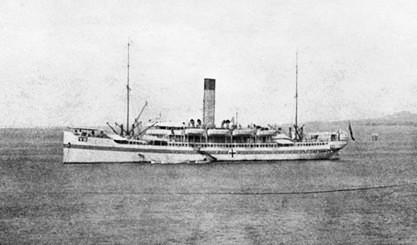
As Horsfall commented:
it is absolutely impossible in such a confined space such as a ship to get discipline, cohesion, loyalty to the Matron and to their ship if the nurses do not know each other but are selected from different states. As it was, they were all accustomed to working together on shore and a good spirit animated the nursing staff throughout their commission.’
Soon after Grantala entered Simpsonhaven, the port for Rabaul, New Britain on 13 September Sister Kirkcaldie described the arrival:
The morning was wet and foggy, the kind often experienced during the rainy season in the tropics and it was only as we crept well into the harbour that one by one, we recognized the ships of our small Australian Navy lying at anchor. Gradually the news of its doings filtered through to us. Even though we were actually on the field of action it was only in fragments and by word of mouth as boats visited us that we learned the tale of the last twenty-four hours.
As it was, the reality of war was soon brought closely home to us. The first shore news that came through brought tidings of young Dr Pockley’s death in action. He too hailed from Prince Alfred Hospital and so was well known to us and a much-valued friend and it was with real grief that we learnt of his death.
An hour after Grantala’s arrival the ship received its first patients. They included two sailors with gunshot wounds received in the previous day’s action who had been initially treated on board Australia.Sister Kirkcaldie described the initial number of patients as being relatively small – between twenty and thirty – mainly suffering from gunshot wounds to the limbs although the Medical Officer’s Journal mentioned ten sailors from Australia and two from the rifle companies were actually admitted as inpatients.
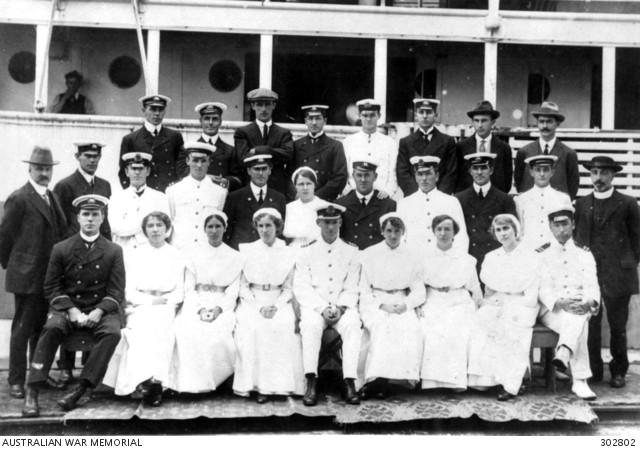
Grantala remained at Rabaul for three weeks before accompanying the Fleet to Suva where it remained for nine weeks. During that time Melbourne and Sydney were ordered to Western Australia for escort duties with the convoy taking the First AIF and the New Zealand Expeditionary Force to Europe. This was possible in that von Spee had finally revealed his whereabouts by bombarding Tahiti on 21 September. Australian naval intelligence suggested that the German squadron was heading for South America. The Admiralty was less certain and ordered Australia to remain in Fijian waters in case the Germans returned to the Western Pacific.
Once it was established that the German Pacific Fleet had departed the Pacific, Grantala was ordered to return to Sydney arriving there on 22 December 1914 where the majority of Navy personnel, surgeons, sisters and other civilian appointees were paid off. The nursing sisters who were keen for further active service were told that it was most unlikely that further nurses would be sent abroad.
Impatient to reenlist, Kirkcaldie went to England and in May 1915 joined Queen Alexandra’s Imperial Military Nursing Service Reserve. In mid-May she began work at the Hospital of the Knights of St John, Valetta, Malta. Casualties from Gallipoli, many of them Australians, were pouring in. ‘So many were brave beyond belief’, she recalled in a narrative of her war experiences. In October she volunteered for duty on hospital ships, joining the Panama which was taking wounded from Malta to England. In November it went to Gallipoli to evacuate wounded and Kirkcaldie recorded: ‘They came to us straight from the trenches, their muddy, filthy clothing frozen on them. They were famished, gaunt, and weary, and suffering intolerable pain’. Her sympathy was mingled with anger: many frostbitten limbs were gangrenous and required immediate amputation. In mid-February 1916 the Panama was ordered to England to transport wounded across the Channel. After the battle of the Somme began in July its nursing staff suffered ‘continuous and intense’ strain.
From autumn 1916 until November 1917 when her contract ended, she was assigned to several hospitals and casualty clearing stations in France and then in military hospitals in Lancashire and at Warrington. On discharge she was awarded the Queen Alexandra’s Imperial Military Nursing Service Medal for her dedicated service.
Post war, Kirkcaldie returned to her civilian nursing career filling a variety of positions including; acting assistant matron at Royal Prince Alfred Hospital in 1918-19, matron of Canonbury Hospital, secretary of the New South Wales Bush Nursing Association and matron of the Royal Alexandra Hospital for Children, Camperdown. In 1932-33 she was president of the Australasian Trained Nurses’ Association and in 1935 was appointed CBE The Camperdown hospital’s new nurses’ home, completed in 1941, was later named Kirkcaldie House. She retired in July 1945.
In 1979 the Camperdown hospital’s historian wrote: Kirkcaldie was one of the Hospital’s greatest matrons, intelligent, competent, making great demands of herself and expecting those under her to do their best’. A ‘high-minded idealist’, she was generous, sensitive and inspired firm loyalties.
Kirkcaldie died, unmarried, on 4 August 1972.
References:
Lincoln Merrilyn, Rosa Angela Kirkcaldie (1887–1972), Australian Dictionary of Biography available at, https://adb.anu.edu.au/biography/kirkcaldie-rosa-angela-6972
Dowsett Michael, Hospital Ship No VIII-The Royal Australian Navy’s First and only Hospital Ship and her Involvement in Early Naval Operations in WWI, The Journal of Australian Naval History Vol 1, No 1, September 2004.
Graeme Andrews, Australian Hospital Ships, June 2012 edition of the Naval Historical Review, available athttps://navyhistory.au/australian-hospital-ships/
